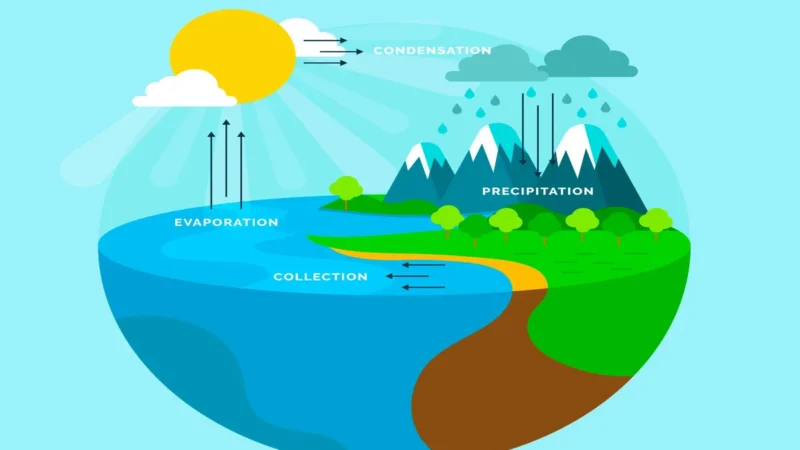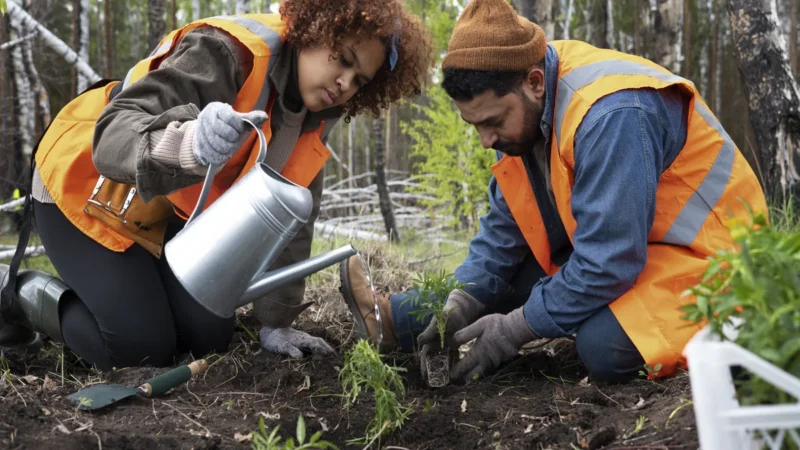Biosphere Reserve: Preserving South India’s Rich Biodiversity

Nestled in the heart of South India lies a haven of unparalleled ecological significance: the Biosphere Reserve. This sanctuary stands as a testament to the region’s commitment to conserving and celebrating its rich biodiversity. Spread across lush landscapes, this reserve embodies the harmonious coexistence of diverse ecosystems, fostering a delicate balance between nature and human activities.
Ecological Diversity:
The Biosphere Reserve spans across an expansive area, encompassing a myriad of ecosystems that thrive within its boundaries. From dense, ancient forests teeming with endemic flora and fauna to sprawling wetlands that serve as vital habitats for migratory birds, each ecosystem plays a crucial role in maintaining the region’s ecological equilibrium.
Unique Flora and Fauna:
Within this sanctuary, one encounters a tapestry of plant species, some found nowhere else on Earth. Towering trees adorned with vibrant orchids, rare medicinal herbs hidden in the underbrush, and majestic animals like the Bengal tiger and the Indian elephant roaming freely—all contribute to the breathtaking diversity housed within this reserve.
Conservation Efforts:
Preservation efforts within the Biosphere Reserve stand as a beacon of hope for conservationists worldwide. Local communities, environmental organizations, and governmental bodies collaborate tirelessly to protect endangered species, restore degraded habitats, and promote sustainable practices. Through research initiatives and educational programs, they aim to raise awareness about the importance of preserving this natural heritage for future generations.
Sustainable Development:
The Biosphere Reserve isn’t merely a protected area; it’s a living example of sustainable development. The local communities are integral stakeholders in its preservation, engaging in eco-friendly practices that support their livelihoods without compromising the integrity of the environment. Initiatives such as organic farming, eco-tourism, and community-based conservation projects have empowered these communities to thrive while safeguarding their natural surroundings.
Challenges and Future Endeavors:
However, this sanctuary is not without its challenges. Rapid urbanization, climate change, and unsustainable practices pose ongoing threats to its delicate ecosystems. Yet, through collaborative efforts and innovative strategies, there’s an unwavering commitment to tackle these challenges head-on. Harnessing scientific advancements and traditional knowledge, the aim is to adapt and evolve conservation approaches to safeguard this biodiversity hotspot.
Key Takeaways
The Biosphere Reserve in South India stands as a testament to the remarkable beauty and importance of our natural world. It serves as a reminder of our responsibility to protect and cherish the diverse ecosystems that sustain life on our planet. By embracing sustainable practices, fostering community engagement, and prioritizing conservation efforts, this sanctuary offers a beacon of hope for a future where humans and nature thrive in harmony.
FAQs:
A Biosphere Reserve is a designated area that aims to conserve biodiversity while promoting sustainable development. It serves as a living laboratory for testing and demonstrating approaches to balancing conservation with human needs.
South India’s Biosphere Reserve spans across [specific regions]. It covers diverse ecosystems, including forests, wetlands, and grasslands, within its boundaries.
This reserve stands out for its incredible biodiversity. It’s home to a wide array of plant and animal species, including several endangered and endemic ones, making it a hotspot for conservation efforts.
The reserve boasts a rich variety of flora, including rare medicinal plants, towering trees, and unique orchids. As for fauna, it houses iconic species like Bengal tigers, Indian elephants, various bird species, reptiles, and more.
Local communities play a pivotal role in preserving the Biosphere Reserve. They actively engage in sustainable practices such as organic farming, eco-tourism, and community-led conservation projects, ensuring that their livelihoods harmonize with nature.


